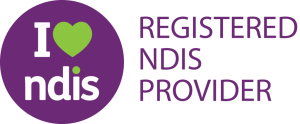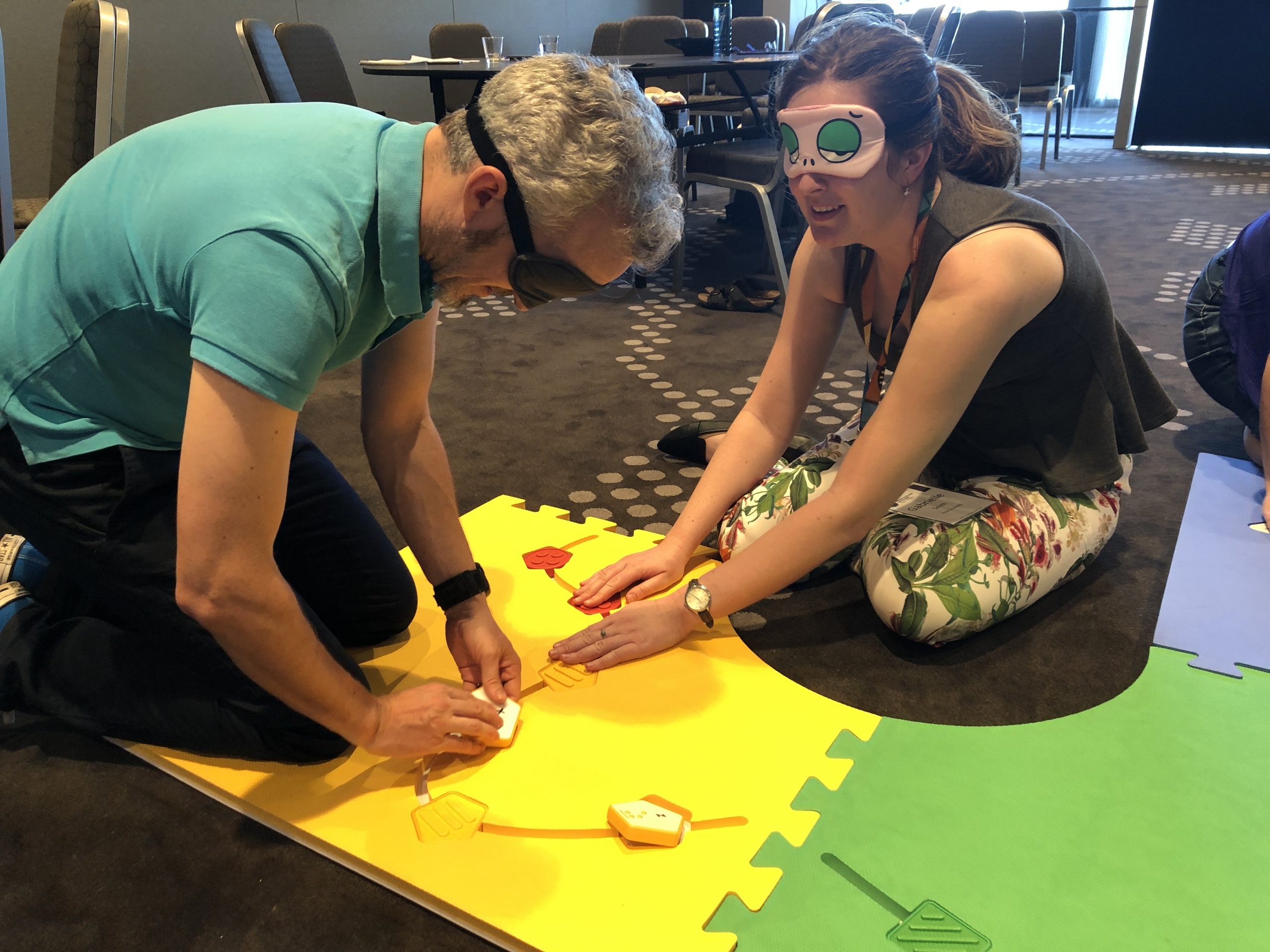
How do we create a clear vision of the future for people with vision impairment?
It was the challenge that was asked of us during the SPEVI 2020 conference held in Adelaide, Australia in mid January. SPEVI (South Pacific Educators in Vision Impairment) is a professional body in matters pertaining to the education and support of children and young people who are blind or have low vision within the South Pacific region.
The conference’s theme this year was “Creating a Clear Vision for the Future”, which aims to challenge educators, related professionals, parents and families to join in the important conversations around creating a clear vision of the future; one which aims to remove barriers, create solutions and expand possibilities for people with vision impairment.
I was delighted to be given the opportunity to present on ‘Creative Collaboration & Endorsement by the Australian Government where I spoke about our recent partnership with Save the Children Philippines, Plan International and the Department of Foreign Affairs and Trade (DFAT) to help reach and engage over 2400 children in disaster affected areas. The project utilised the Reach & Match Learning Kit; which is a holistic learning program that has been designed through focused research and user testing to specifically support children with vision impairment and other disabilities to learn and engage with their peers equally in preschools and primary schools. The inclusive learning program received an endorsement from the Australian Government’s DFAT towards its positive outcomes for children’s development including improved children’s participation, achievement of learning outcomes and improved social and emotional wellbeing. During the presentation, I shared about the project’s innovation, challenges, outcome and evaluation. (More info please read our previous blog)
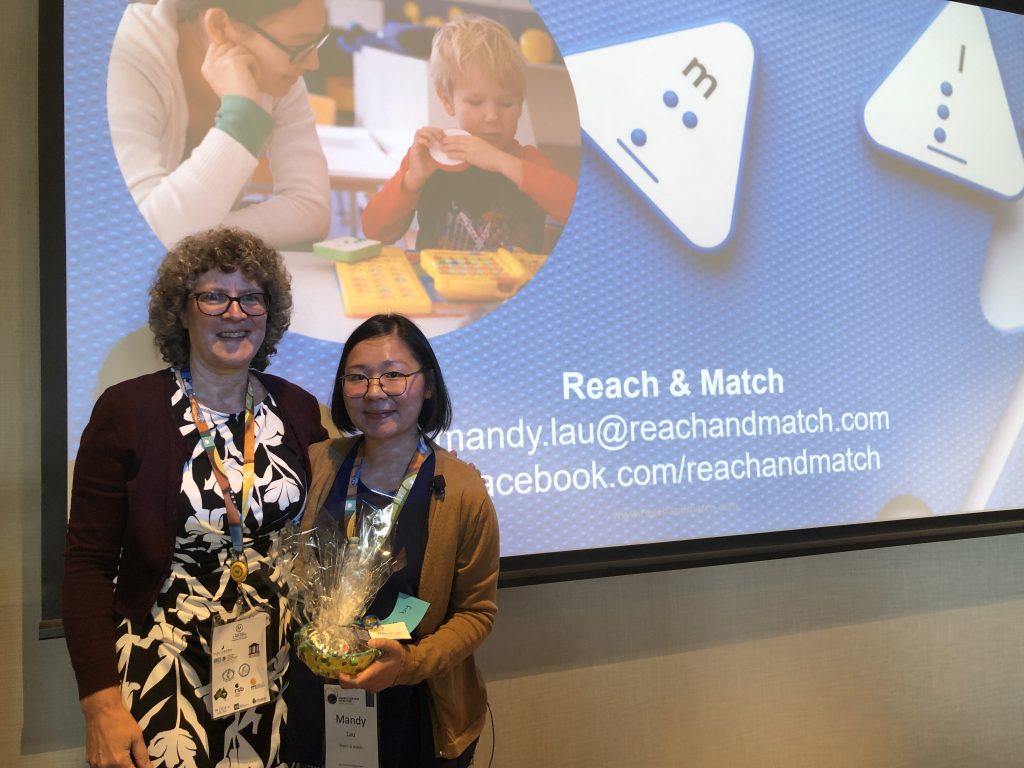
Photo: Receiving a souvenir from the co- president of SPEVI- Phia Damsma, after my presentation.
I also ran an interactive and inclusive workshop designed for children of all abilities utilising the Reach & Match Learning Kit. The Learning Kits can be used to conduct over 40 play-based activities to achieve 7 Learning Outcomes for children including Braille, Cognitive Skills, Sensory Integration, Body Movement, Language Enrichment, Social Interaction and Sense of Satisfaction. For example, the Learning Kit helps children who are blind or sighted develop literacy skills – braille and print, as well as early concepts of space and positional play, emotional development, and motor, communication, and social skills learn in an inclusive learning environment together.
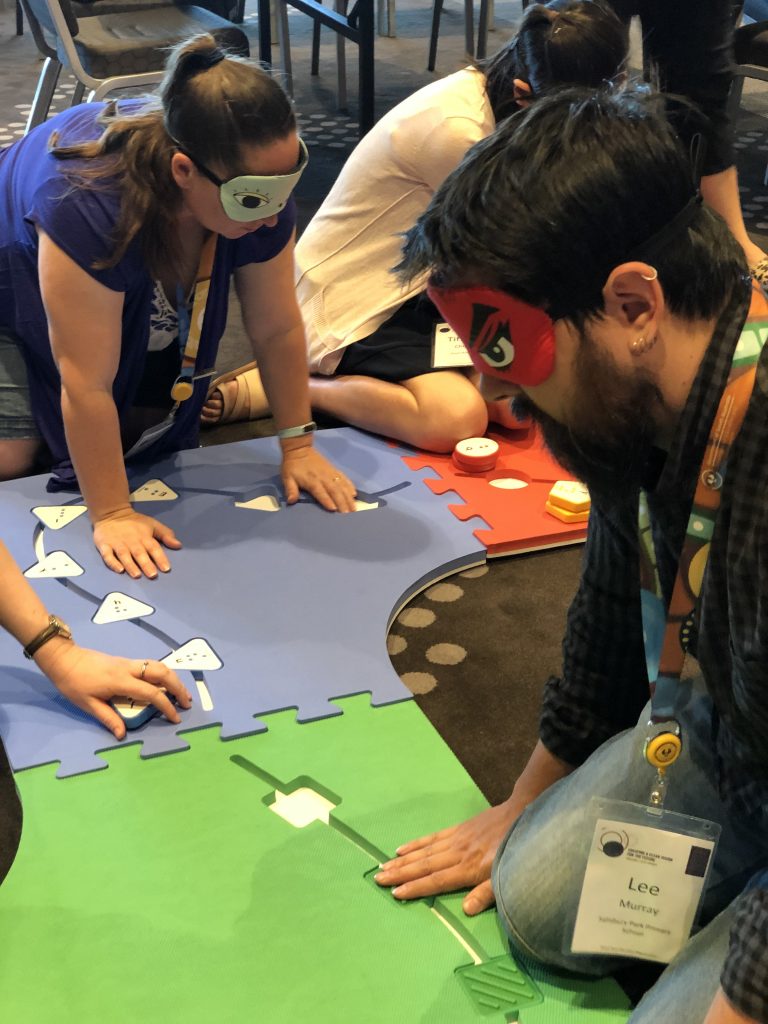
Photo: Workshop attendees testing their spatial awareness by placing the tactile braille tiles in their correct order
Case studies and insights from different applications around the globe were shared during the workshop where participants learnt approaches for working with children with and without disabilities in mainstream environments. Modification of different activities and games will be demonstrated for educators and professionals to learn how to best work with children with different learning needs.
Apart from presenting at the conference, the three day event also provided opportunities to learn, share and celebrate the diversity of perspectives and approaches to service delivery. It was wonderful to meet old friends and partners from Australian Braille Authority, Guide Dogs Victoria, Royal Society for the Blind (RSB), Vision Australia, South Australian School for Vision Impaired – SASVI, BLENNZ, Guide Dogs Queensland,Royal Institute for Deaf and Blind Children who were also in attendance.
I participated in an off-site workshop held by Ryan Sims and Lily Gower at the Art Gallery of South Australia. The workshop was on navigating the visual – discovering the past, sensing the present and making a creative future. The Art Gallery of South Australia provides blind and vision impaired students with multi-sensory opportunities to explore, tell stories and gain skills through the visual arts. The Art Gallery provides access programs which create encounters with art through visual, auditory and tactile experiences including free audio-described and multi-sensory tours which are designed specifically for blind and vision-impaired visitors. It was amazing to see how such a forward-thinking organisation could provide an innovative way for those with vision impairment to interact with the visual arts. However, this revelation also prompted me to wonder why more art galleries do not provide these same opportunities for their visitors.
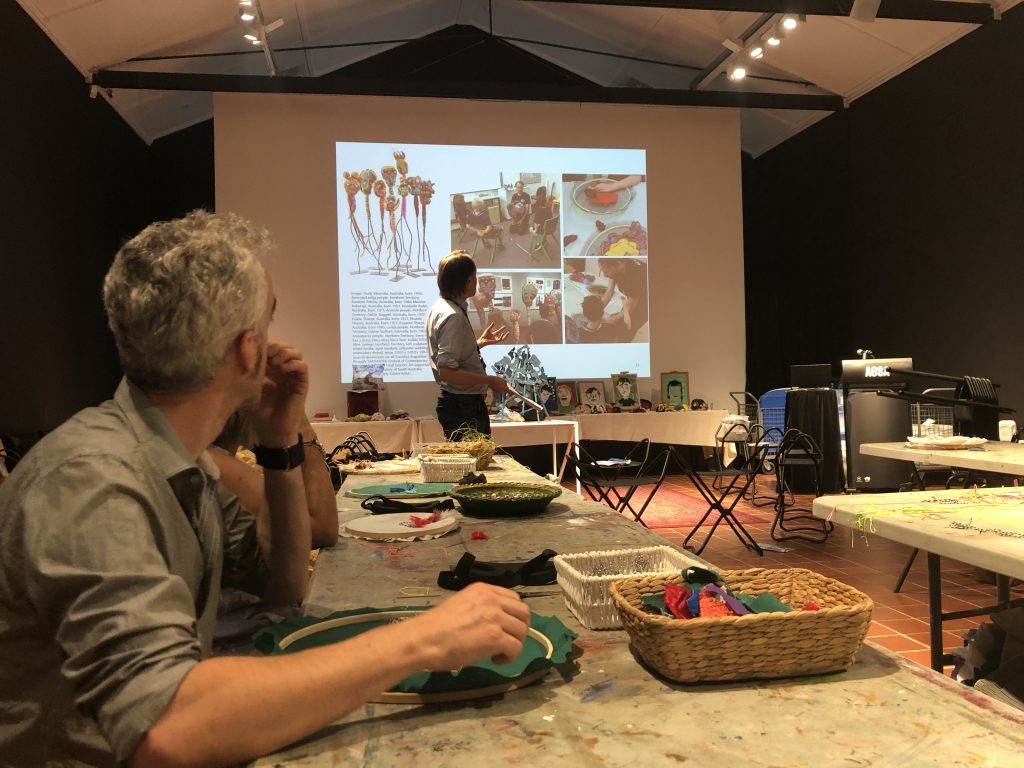
Photo: Learning and creating sensory art with the Art Gallery of South Australia.
During the conference, my friend, Creative Director of Sonokids Australia Phia Damsma, received an award for her significant contribution in the field of disability which was recognised by King Willem-Alexander of the Netherlands. Unbeknownst to Phia, the Dutch Ambassador, Ms Marion Derckx, travelled from Canberra to Adelaide to confer Phia as a “Knight in the Order of Oranje-Nassau”. The Ambassador highlighted Phia’s longstanding meritorious service to society, including her development of software that teaches technology skills to young children and adolescents who are blind or have low vision. It was a moving ceremony and delegates gave Phia a standing ovation. For more details, please visit here.
Overall, I met and engaged with so many different people and organisations who are helping to achieve a clear vision of the future for people with vision impairment. It was exciting to witness so many innovative solutions such as the Art Gallery of South Australia’s Access Tours that help remove everyday barriers and change societal norms which make this vision a clearer reality each and every day.
Mandy Lau
Please contact me for speaking opportunities or workshops for your conference. I am able to speak about topics on Inclusive Play and Inclusive Education and conduct workshop of our Reach & Match Inclusive Learning Program.

